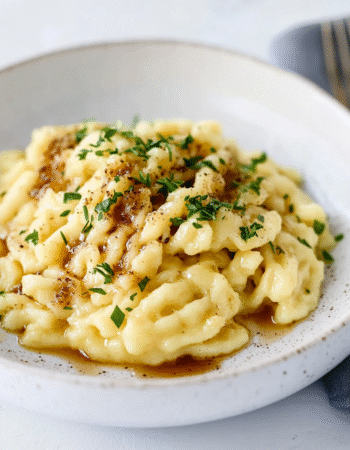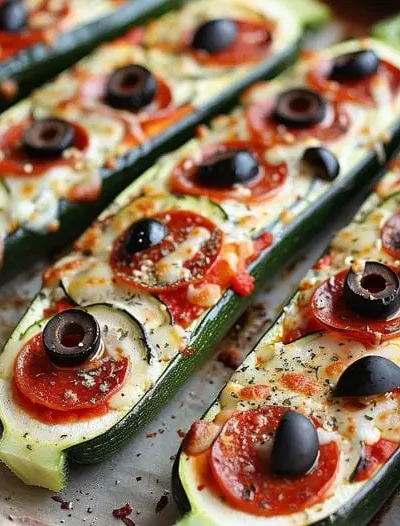Japanese-Style Rolled Omelet (Tamagoyaki)

Tamagoyaki, the Japanese rolled omelet, is a culinary delight that embodies the essence of Japanese cuisine—simple yet refined, with a harmonious balance of flavors and textures. This dish, often enjoyed as part of a traditional Japanese breakfast, in bento boxes, or atop sushi, showcases the versatility of eggs in Japanese cooking.
Japanese-Style Rolled Omelet (Tamagoyaki)

Experience the delicate flavors of Japanese cuisine with Japanese-Style Rolled Omelet (Tamagoyaki), a classic dish known for its unique, layered appearance and slightly sweet taste. Made by carefully cooking and rolling thin layers of seasoned egg, tamagoyaki is both simple and elegant, bringing a taste of Japan’s culinary artistry to your table. Perfect for breakfast, lunch, or even as part of a sushi meal, this recipe is as versatile as it is delicious. Each layer of the omelet is infused with a touch of sweetness and a hint of umami, creating a soft and slightly fluffy texture that melts in your mouth.
- 4 large eggs – Fresh eggs are essential for the best flavor and texture.
- 1 tablespoon sugar – Adds a subtle sweetness to balance the savory elements.
- 1 teaspoon soy sauce – Provides a slight umami depth that complements the sweetness.
- 1 tablespoon mirin – A sweet rice wine that enhances flavor and adds a glossy finish.
- 1 tablespoon dashi stock (optional – Traditional in some variations for an added umami boost.)
- Oil for cooking – A neutral oil like vegetable oil to coat the pan (ensuring even cooking.)
Prepare the Egg Mixture:
- Crack the eggs into a mixing bowl and beat them until the whites and yolks are fully combined.
- Add the sugar, soy sauce, mirin, and dashi stock (if using) to the eggs, whisking until well blended.
- For an extra-smooth texture, strain the egg mixture through a fine mesh sieve to remove any lumps.
Heat the Pan:
- Place a rectangular tamagoyaki pan (if available) or a small non-stick skillet over medium heat. Add a small amount of oil to coat the surface.
- Use a paper towel or brush to spread a thin layer of oil evenly across the pan, removing any excess to prevent the eggs from becoming greasy.
Cook the First Layer:
- Pour a small amount of the egg mixture into the pan, just enough to cover the bottom in a thin layer.
- Swirl the pan gently to spread the egg mixture evenly. Let it cook until the edges begin to set, but the center is still slightly soft.
Roll the Omelet:
- Using chopsticks or a spatula, carefully roll the cooked egg from one end of the pan to the other. Move the rolled egg back to the starting point in the pan.
Add More Layers:
- Apply a little more oil to the pan if needed. Pour another thin layer of egg mixture into the pan, lifting the rolled omelet slightly to let the raw egg flow underneath.
- Allow this layer to cook until almost set, then roll the existing omelet back over the new layer.
- Repeat this process, adding more layers and rolling, until all the egg mixture has been used.
Shape and Serve:
- Once all layers are cooked and rolled, you can shape the tamagoyaki using a bamboo mat or gently press it into shape in the pan.
- Let it cool slightly, then slice into bite-sized pieces.
- For Beginners: If rolling each layer seems challenging, try starting with smaller batches of egg mixture to practice.
- Dashi Stock: Adding dashi creates a version known as dashimaki tamago, which is softer and more savory.
- Storing: Tamagoyaki can be served warm or at room temperature. Leftovers can be wrapped in plastic wrap and stored in the refrigerator for up to 2 days.
- Serving Suggestions: Tamagoyaki is often enjoyed with a side of grated daikon radish, a drizzle of soy sauce, or as part of a bento box meal. It’s also a popular choice for sushi and makes a beautiful addition to any Japanese-inspired meal.







